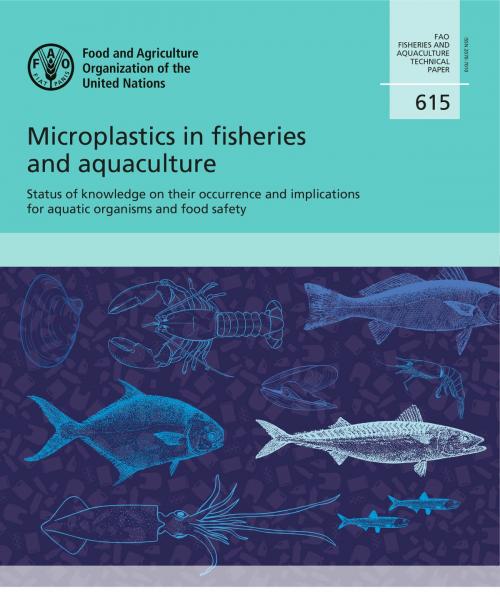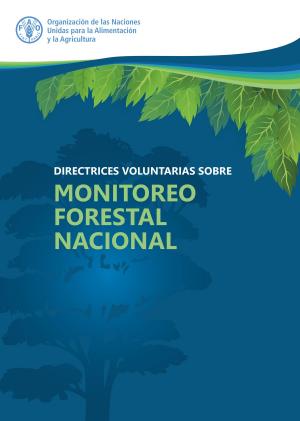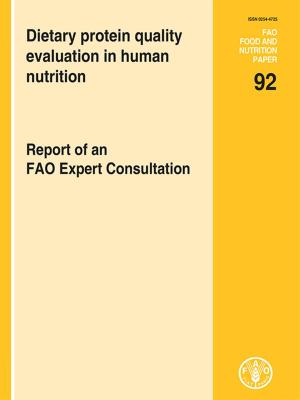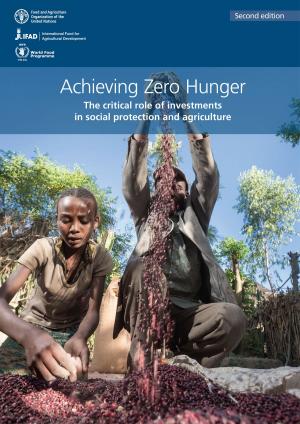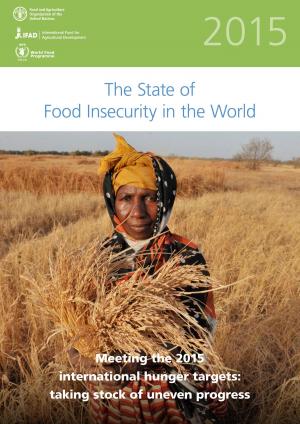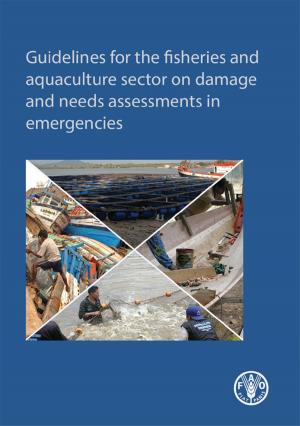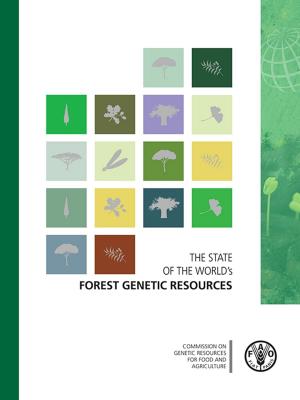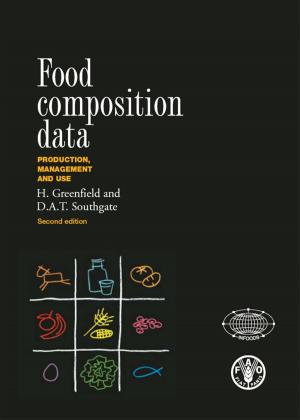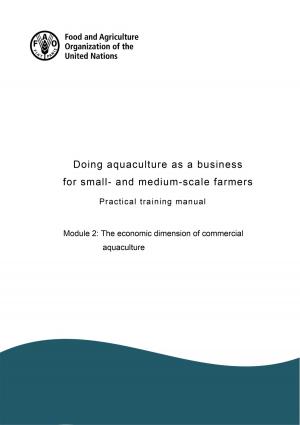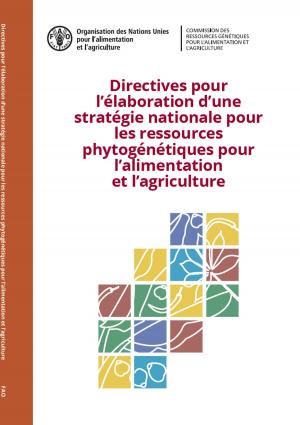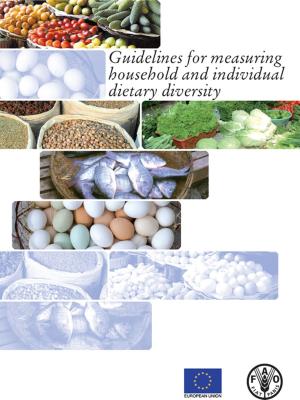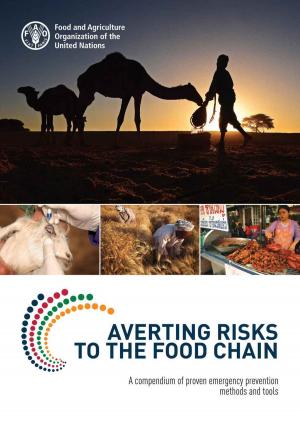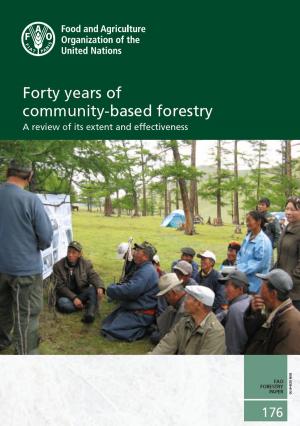Microplastics in Fisheries and Aquaculture: Status of Knowledge on Their Occurrence and Implications for Aquatic Organisms and Food Safety
Nonfiction, Social & Cultural Studies, Social Science| Author: | Food and Agriculture Organization of the United Nations | ISBN: | 9789251301883 |
| Publisher: | Food and Agriculture Organization of the United Nations | Publication: | January 31, 2018 |
| Imprint: | Smashwords Edition | Language: | English |
| Author: | Food and Agriculture Organization of the United Nations |
| ISBN: | 9789251301883 |
| Publisher: | Food and Agriculture Organization of the United Nations |
| Publication: | January 31, 2018 |
| Imprint: | Smashwords Edition |
| Language: | English |
A workshop was organized with invited experts (Rome, 5-8 December 2016) who complemented the published information and carried out a risk profiling of microplastics in aquaculture and fishery products. Despite the large amount of scientific data available, there are still significant knowledge gaps, in particular regarding impacts at fish population and community level, detailed data for a proper risk assessment and implications of nanoplastics presence in the marine environment. Nonetheless, measures should be taken at international, governmental and consumer levels to undertake cost-effective ecological and seafood safety risk assessments on micro- and nanoplastics and associated polymers, to reduce plastic use and encourage the use of alternative materials, recycling and the adoption of sustainable practices in using plastics and managing plastic pollution.
A workshop was organized with invited experts (Rome, 5-8 December 2016) who complemented the published information and carried out a risk profiling of microplastics in aquaculture and fishery products. Despite the large amount of scientific data available, there are still significant knowledge gaps, in particular regarding impacts at fish population and community level, detailed data for a proper risk assessment and implications of nanoplastics presence in the marine environment. Nonetheless, measures should be taken at international, governmental and consumer levels to undertake cost-effective ecological and seafood safety risk assessments on micro- and nanoplastics and associated polymers, to reduce plastic use and encourage the use of alternative materials, recycling and the adoption of sustainable practices in using plastics and managing plastic pollution.
